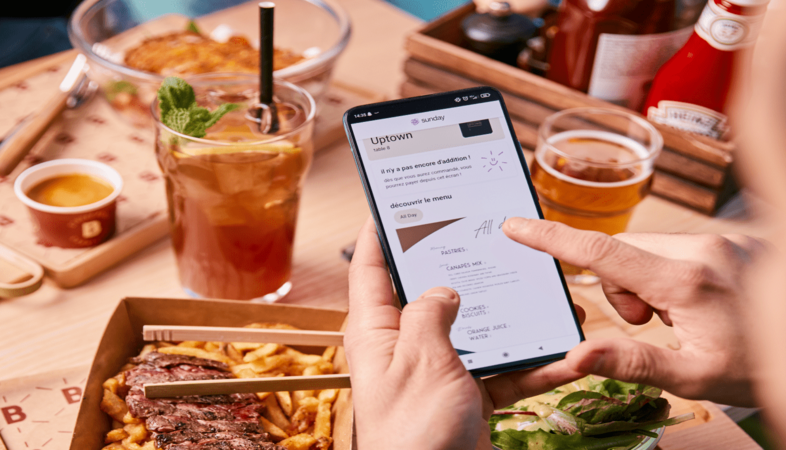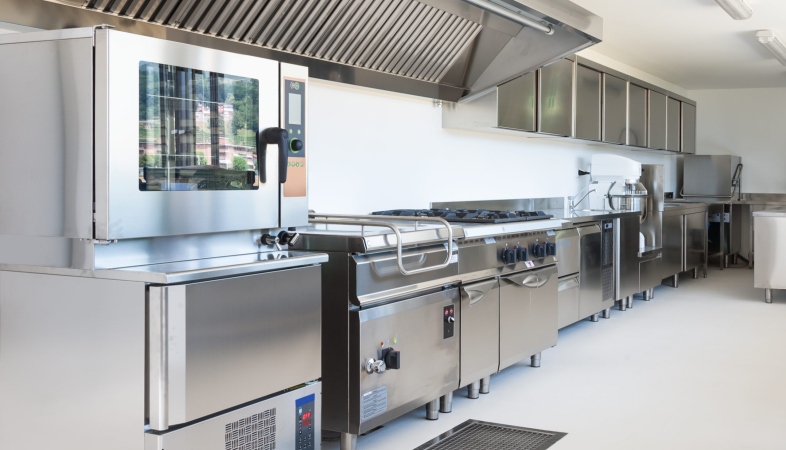The Digital Dining Revolution: How Online Billing is Transforming Restaurants
Traditional billing methods often involve manual entry, paper receipts, and a time-consuming checkout process.

The restaurant industry is in the midst of a digital
revolution, with technology reshaping the way businesses operate and interact
with their customers. One of the most significant advancements in this domain
is the adoption of online billing systems. Online billing is transforming
restaurants by streamlining operations, enhancing customer experiences, and
providing valuable insights into business performance. As more establishments
embrace this technology, the benefits become increasingly evident, marking a
new era in dining efficiency and convenience.
Online billing systems simplify the payment process for both customers and restaurant staff. Traditional billing methods often involve manual entry, paper receipts, and a time-consuming checkout process. In contrast, online billing allows customers to pay quickly and securely through digital platforms. Whether it’s via a mobile app, a website, or a digital terminal at the table, online billing eliminates the need for physical cash transactions and reduces the likelihood of errors. This efficiency is particularly beneficial during peak hours when restaurants are bustling and speed is essential to maintain a smooth flow of service.
One of the primary advantages of online billing is the convenience it offers to customers. Diners today expect seamless and hassle-free experiences, and the ability to pay online meets this demand. Customers can settle their bills with just a few clicks, using a variety of payment methods including credit and debit cards, digital wallets, and even cryptocurrencies in some cases. This flexibility caters to diverse preferences and enhances customer satisfaction. Additionally, online billing systems can integrate with loyalty programs, allowing customers to earn and redeem points easily, further incentivizing repeat visits.
For restaurant owners and managers, online billing provides a wealth of data that can be leveraged to improve business operations and strategy. Detailed transaction records offer insights into customer spending patterns, popular menu items, and peak dining times. This data can inform inventory management, staffing decisions, and promotional strategies. For instance, if a particular dish is frequently ordered, the restaurant can ensure it is always well-stocked and perhaps even promote it more heavily. Similarly, understanding peak hours can help in optimizing staff schedules to ensure that service remains efficient and responsive during busy periods.
Online billing systems also enhance transparency and security in financial transactions. Digital records reduce the risk of discrepancies and fraud associated with cash handling. They provide a clear and traceable trail of all transactions, which is invaluable for accounting and auditing purposes. This level of accountability is crucial for building trust with customers, who can feel confident that their payments are processed securely. Furthermore, many online billing platforms come with built-in encryption and security features that protect sensitive customer information from cyber threats.
The integration of online billing with other restaurant technologies further amplifies its benefits. When combined with point-of-sale (POS) systems, reservation management, and customer relationship management (CRM) software, online billing becomes part of a comprehensive ecosystem that enhances overall efficiency. For example, an integrated system can automatically update table statuses, manage waitlists, and track customer preferences, creating a more cohesive and personalized dining experience. Such integration ensures that all aspects of the restaurant’s operations are synchronized, reducing manual effort and minimizing the risk of errors.
Moreover, the shift to online billing aligns with broader trends in consumer behavior and preferences. The rise of contactless payments, accelerated by the COVID-19 pandemic, has led to a surge in the adoption of digital payment methods. Customers are now more comfortable and familiar with using their smartphones and other devices to make payments. Restaurants that offer online billing can tap into this trend, positioning themselves as modern and customer-centric establishments. This not only attracts tech-savvy diners but also demonstrates a commitment to innovation and convenience.
The environmental benefits of online billing should not be overlooked. By reducing the reliance on paper receipts and printed invoices, restaurants can significantly cut down on waste and promote sustainability. Digital receipts can be emailed or texted to customers, providing a convenient and eco-friendly alternative. This shift is increasingly important as more consumers prioritize environmentally responsible practices in their choices of where to dine.
Online billing is revolutionizing the restaurant industry by enhancing operational efficiency, improving customer experiences, and providing valuable business insights. The convenience, transparency, and security it offers make it a compelling choice for modern restaurants looking to stay competitive in a rapidly evolving market. As technology continues to advance, the adoption of online billing systems is likely to become even more widespread, driving further innovation and transformation in the dining landscape. Restaurants that embrace this digital shift are well-positioned to reap the benefits, ensuring a seamless and satisfying experience for their customers and a more streamlined operation for their business.
.png)





























